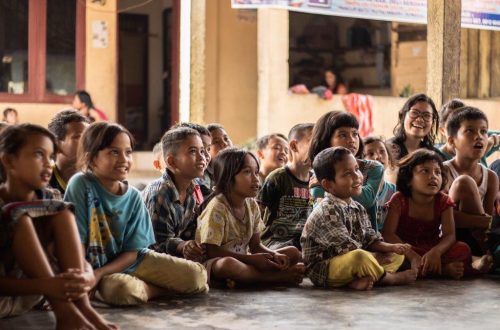
Creating a Checklist for Books in Your Classroom Library
The world in which our students live, learn, and observe in is filled with a variety of people. Our youngest students often learn about the world through picture books. Picture books in a preschool classroom help students make sense of social issues, how to be a friend, how to solve a problem, and also help foster a love for reading. Many children are filled with excitement when they make sense of the written word. Books become an opportunity for children to explore, imagine, and learn. Statistics as recent as 2010 found that only 14% of African American males are reading proficiently by 4th grade, compared to only 18% of Hispanic and Latino males, 18% of Native American males, 42% of white males, and 48% of Asian and Pacific Islander males. These numbers are not alarming, considering that Lee & Low Books conducted an analysis of children’s books and found that 79% of characters in children’s books are Caucasian, compared to 4% Black/African American, 6% Hispanic and Latino, 7% Asian and Pacific Islander, and less than 1% Native American. Critically thinking about these two pieces of data can lead us to determine that children who are more largely represented in in literature are more likely to engage and enjoy books.
In order to bridge this reading proficiency gap, schools need to start engaging students in pre-reading skills in our early childhood classrooms and continue to build the enthusiasm for reading as our children enter elementary and middle school. One way to build enthusiasm about reading is to create classroom libraries that appropriately represent a variety of cultures, orientations, and abilities. By introducing children to books with characters that children can connect with visually and through their actions in the story, children can become more interested in books with the support of a diverse classroom library. Teaching for Change has worked to develop an anti-bias checklist to help teachers critically select diverse books to include in their classroom libraries. I have created an adapted version of their checklist, which can be seen below.
Checklist for Anti-Bias in Children’s Literature
- Write to me about your experience with selecting books for your classroom library.
- What do you think children notice when reading books that introduce varieties of cultures and diverse people?
- Do you think that your current classroom library has enough diversity representation? Why or why not?




